Search
forLearn
3 / 3 resultslearn Osteopontin
signaling protein that, when suppressed, may grow hair by reducing inflammation and stem cell loss
learn Epidermal Growth Factor
Research
5 / 1000+ results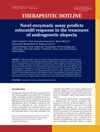
research Novel Enzymatic Assay Predicts Minoxidil Response in the Treatment of Androgenetic Alopecia
New test predicts if hair loss treatment will work.
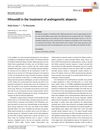
research Minoxidil in the Treatment of Androgenetic Alopecia
Minoxidil helps treat pattern hair loss in both men and women.
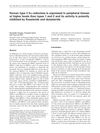
research Human Type 3 5α-Reductase Is Expressed in Peripheral Tissues at Higher Levels Than Types 1 and 2 and Its Activity Is Potently Inhibited by Finasteride and Dutasteride
Type 3 5α-reductase is more common and finasteride and dutasteride strongly inhibit it.
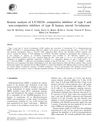
research Kinetic Analysis of LY320236: Competitive Inhibitor of Type I and Non-Competitive Inhibitor of Type II Human Steroid 5α-Reductase
LY320236 is a strong blocker of two enzymes that change testosterone into dihydrotestosterone and might help treat conditions related to male hormones.
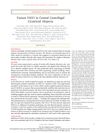
research Variant PADI3 in Central Centrifugal Cicatricial Alopecia
Mutations in the PADI3 gene are linked to a higher risk of scarring hair loss in women of African descent.
Community Join
5 / 52 resultscommunity Oral Minoxidil - The Hyper-Responder Concept
Minoxidil's effectiveness varies due to genetic differences in the SULT1A1 enzyme, affecting how well it converts to its active form, minoxidil sulfate. Hyper-responders may experience rapid hair growth and increased side effects, such as pericardial effusion, even at low doses.
community Minoxidil is a 5ar inhibitor according to research
Minoxidil may inhibit androgen receptors and affect hormonal pathways, potentially explaining its effectiveness in treating androgenetic alopecia (AGA). Users discuss its varying effectiveness on scalp versus facial hair and note fewer side effects with topical use compared to oral.
community Physio-metabolic method of treating androgenic alopecia. Cold receptors. The relationship between DHT, cold receptors, minoxidil and antiandrogens.
A method for treating androgenic alopecia using minoxidil, antiandrogens, exercise, and cold exposure to promote hair growth. Environmental factors and lifestyle changes, like diet and exercise, can improve treatment effectiveness.
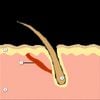
community Physio-metabolic method of treating androgenic alopecia. Cold receptors. The relationship between DHT, cold receptors, minoxidil and antiandrogens
Treating androgenic alopecia with minoxidil, finasteride, and antiandrogens, alongside exercise, cryotherapy, and natural substances to stimulate cold receptors for better hair growth. The method focuses on enhancing treatment effectiveness by considering environmental and behavioral factors and the role of cold receptors and muscle stress.
community Is it a normal shed or is it fin not working (or making things worse)
The user experienced hair shedding after switching from minoxidil to finasteride and is considering switching to dutasteride or stopping pills altogether. They also stopped using a specific shampoo with probiotics, enzymatic exfoliator, zinc, and panthenol.